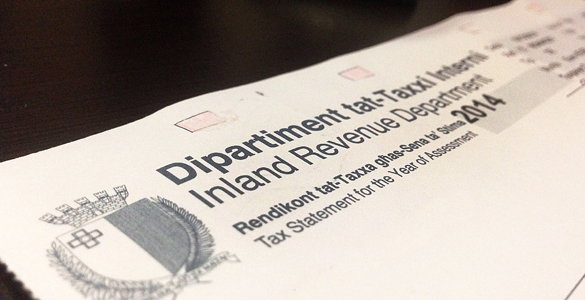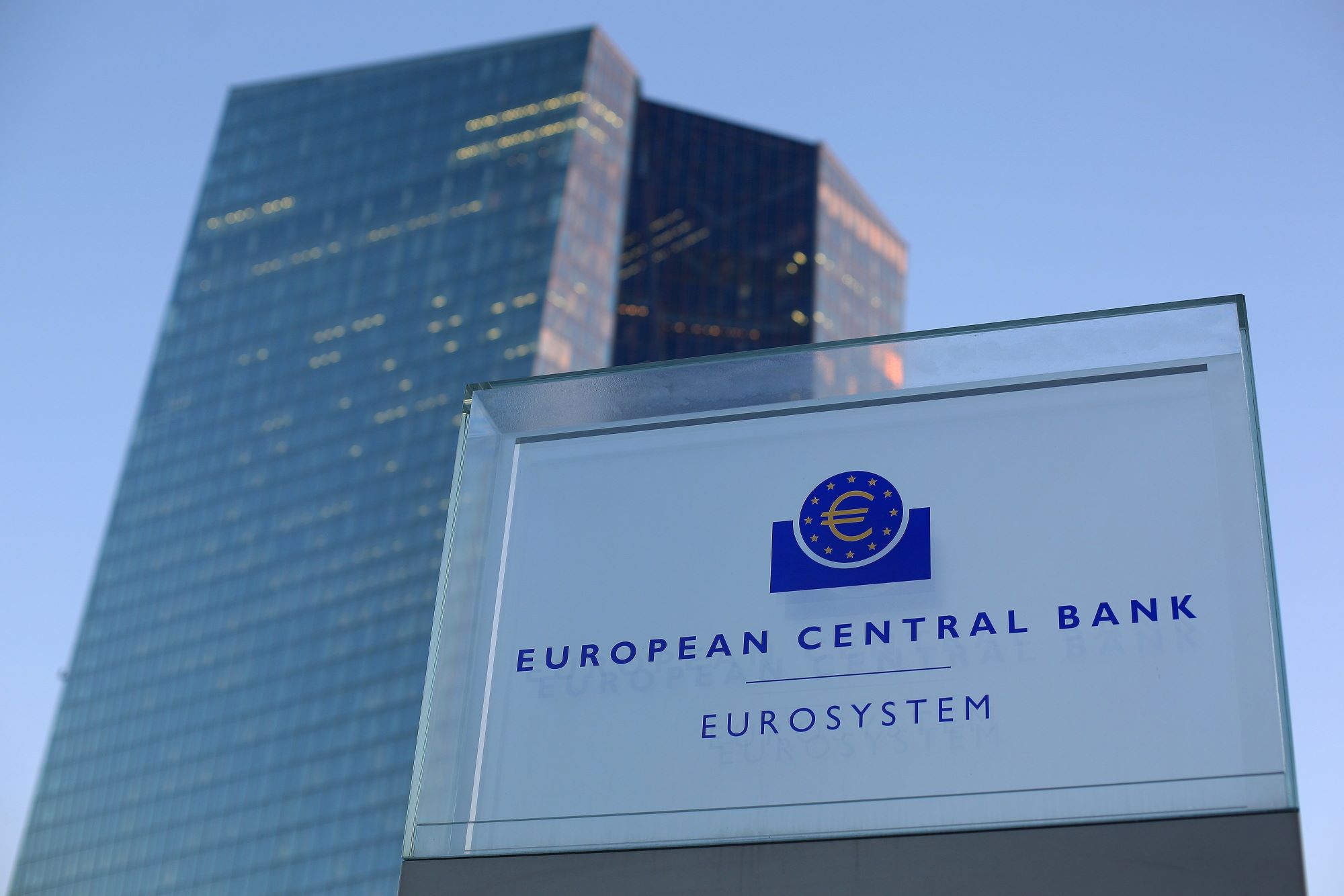The Central Bank of Malta expects that Malta’s GDP will grow by 4.9 per cent in 2021, with almost half the anticipated growth coming as a result of the COVID-19 fiscal and liquidity measures introduced by Government.
GDP is additionally expected to grow by 5.4 per cent in 2022, and by 4.7 per cent in 2023.
Compared to the Bank’s earlier projections, GDP growth is being revised marginally downwards by 0.1 percentage point in 2021 and 2022.
The figures emerge from a Central Bank release published on Friday that looks at the economic outlook for 2021, 2022 and 2023.
These marginal downward revisions are attributed to an expected weaker first half of 2021 – due to higher than anticipated containment measures – which the Banks expects to be broadly offset by a stronger second half due to the very strong pace of vaccination, as well as an enhanced fiscal response.
The Bank thus maintains its expectation that 2019 GDP levels are to be reached again in 2022.
Overall, domestic demand is expected to be the main driver of growth, though the recovery in all demand components will be partially absorbed by an increase in imports.
Net exports are expected to exert a smaller negative impact on GDP growth in 2021, as foreign demand starts to recover, with a positive contribution thereafter. However, the outlook for the tourism sector remains cautious.
Despite the sharp contraction in economic activity in 2020, the Central Bank notes that the labour market has shown “remarkable resilience”.
“Firms have generally been able to retain staff and have instead opted to reduce the number of hours worked,” it noted.
Thus, firms are expected to respond to an improvement in business conditions by returning to normal working hours.
Employment growth is therefore set to decelerate to 0.9 per cent this year, and pick up gradually in the following years, reaching 2.9 per cent in 2023.
Annual inflation based on the Harmonised Index of Consumer Prices is set to edge down to 0.3 per cent in 2021, from 0.8 per cent in 2020, largely reflecting technical factors. Overall HICP inflation is set to edge up to 1.6 per cent by 2023, reflecting a pick-up in economic activity, which is expected to lift prices of services and non-energy industrial goods further.
Fiscal policy is projected to remain highly expansionary in 2021, partly driven by the extension of COVID-19 related support.
In 2021, the general government deficit is set to narrow slightly to 9.9 per cent of GDP. The deficit is projected to narrow substantially over the forecast horizon as COVID-19 measures unwind and macroeconomic conditions improve further.
By 2023, it is forecast to narrow to 4.2 per cent of GDP. Consequently, the government debt-to-GDP ratio is projected to rise to 64 per cent by 2023.
Risks to economic activity are broadly balanced in 2021 and slightly on the upside in 2022 and 2023, the Bank said, noting that private consumption could surprise on the upside due to pent-up demand and large accumulated savings.
In addition, exports could surprise on the upside in case of a stronger pick up in tourism demand if Malta is able to increase market shares due to its high vaccination rate.
On the downside, the Central Bank cautions that the pandemic situation might deteriorate if vaccines are less effective against new strains, hitting also foreign demand.
With regards to prices, risks are judged to be on the upside, reflecting the possibility of faster transmission of the recent surge in transport costs to consumer prices.
Meanwhile, risks to public finances are mainly deficit increasing and primarily reflect the need to provide State aid to the national airline.
The Economic Outlook publication also includes two boxes.
The first analyses the impact implications of the 2021 HICP weights on inflation forecasts, and the second updates the impact of COVID-19 fiscal and liquidity measures on GDP.
The Bank estimates that the latter measures will boost GDP by 2.1 percentage points, effectively accounting for nearly half of the projected economic expansion in 2021.
Top 5% of taxpayers responsible for one-third of all income tax paid in Malta
On the other hand, the bottom third of income earners pay just 1.7% of all income tax generated
The Malta Institute of Accountants prepares for its 2024 Anti-Money Laundering Conference
Held at the Radisson Blu, St Julians, this latest AML Conference promises to bring exclusive insights on new procedures
Eurozone interest rates to remain unchanged
The European Central Bank noted that price pressures remain persistent






